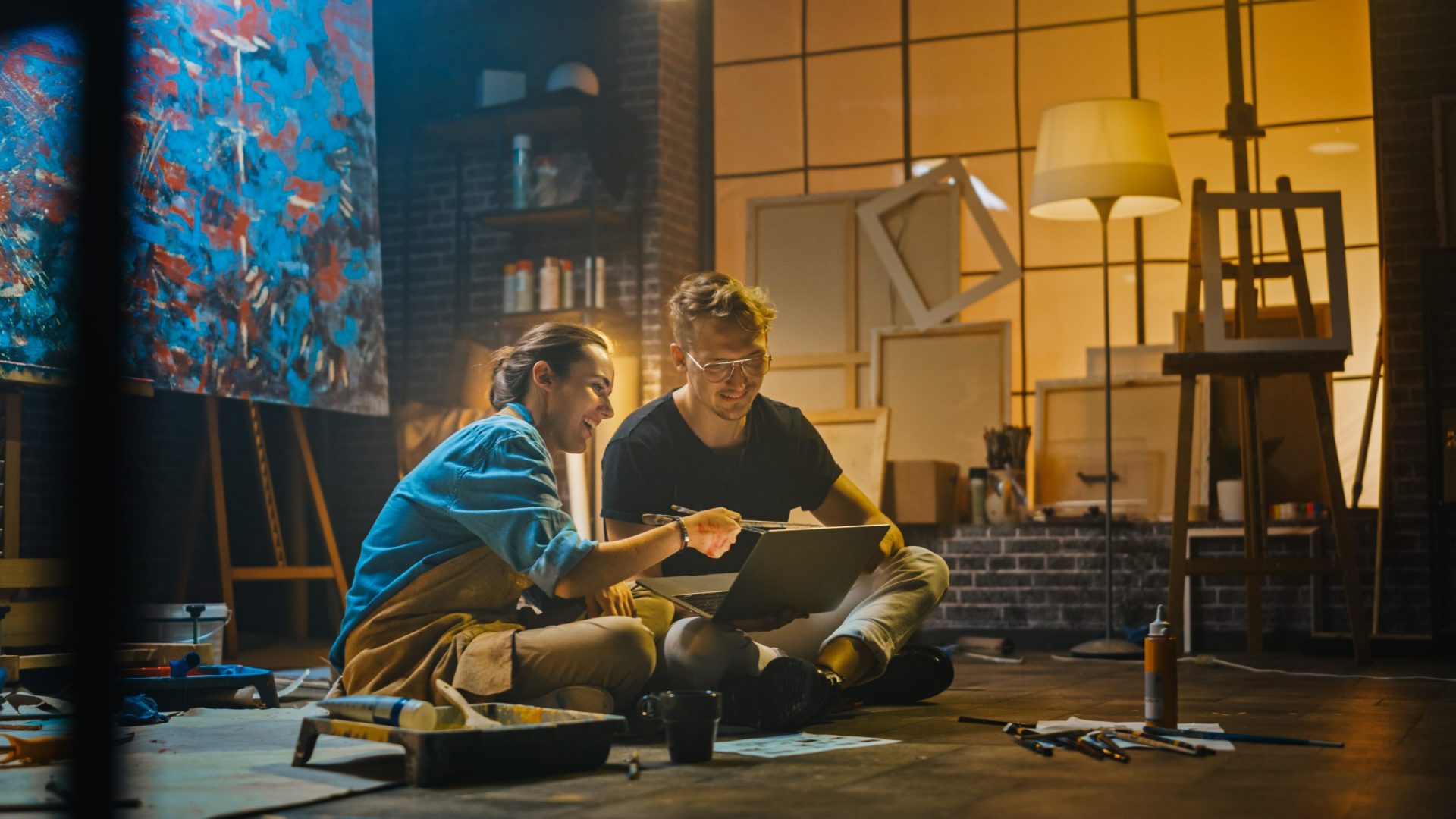
The COVID-19 pandemic has pushed the cultural world to become more resilient. Since March 2020, many institutions, associations and artists have shown great inventiveness in providing access to art while respecting health restrictions, notably through the use of digital platforms. Hervé Guay, a professor in the Department of Literature and Social Communication at Université du Québec à Trois-Rivières (UQTR), and his colleagues at the Centre de recherche interuniversitaire sur la littérature et la culture québécoises (CRILCQ) have been taking stock of the various cultural initiatives that have been set in motion since that time.
To date, more than 2,000 “covidian” initiatives involving nearly 9,000 individuals and approximately 1,600 organizations or collectives have been catalogued by the CRILCQ team, in collaboration with industry partners such as the Association québécoise de l’industrie du disque, du spectacle et de la vidéo (ADISQ). More than a simple survey, this exercise aims to document the transformation of Quebec’s cultural landscape in the era of COVID-19. The resulting inventory allows us to study what the protagonists of this milieu have said, done and written, an exercise that will continue once we have turned the page on the pandemic. Based on an open science model, this research will benefit academic and artistic audiences as well as the general public.
Although still in progress, this vast undertaking is already fuelling a great deal of thought. For example, in the spring of 2021, the colloquium Réagir, créer, persévérer brought together scientists and artists for a virtual discussion on Québec cultural initiatives in the time of Covid-19. Talks were recorded and artistic performances were streamed during the event, while at the same time the inventory database was being completed and made available online. In the longer term, an enhanced book—a scientific publication featuring a digital component—will be published. The Observatoire de la culture et des communications du Québec (OCCQ) hopes to build on this research to produce portraits of Québec’s cultural activity, both overall and by field and discipline, during this pivotal time in our history.
